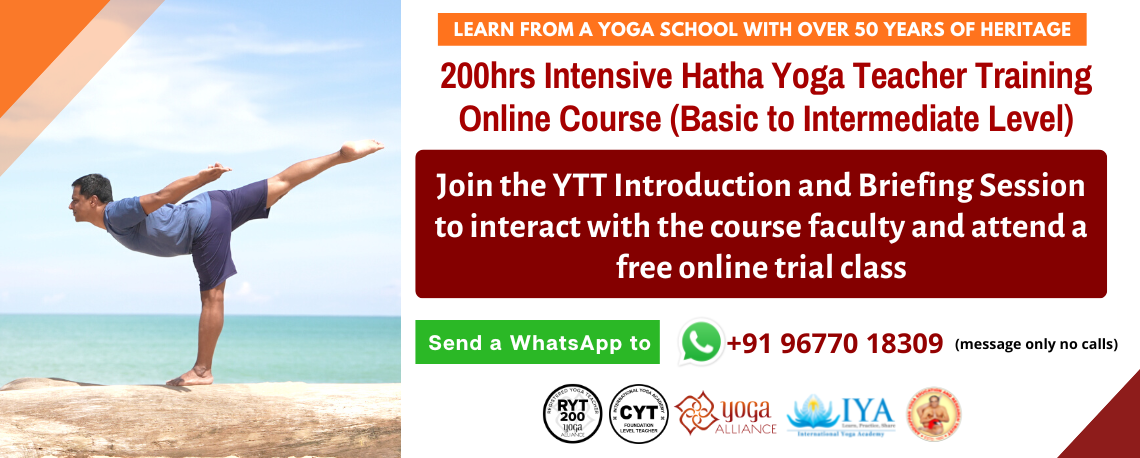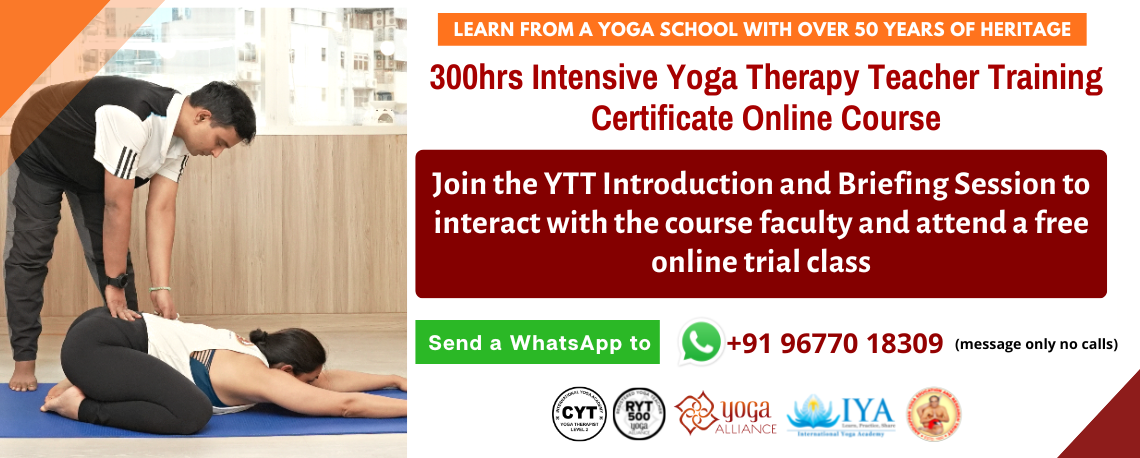Uphill vs Downhill
Uphill performance tends to be stronger for regular athletes and runners who possess strong quadriceps and leg muscles, facilitating them to power uphill. Downhill performance can often be a struggle as a result of tightness in the hamstrings and calf muscles. To balance out the strength of the quadriceps and the back of the legs, there are a couple of poses that will work on releasing the tension in the legs. It is recommended that the poses and its variations should be practised before and after each run.
1. Single Leg Lunge

Get into the Pose From Tadasana, place your left leg in front, ensuring that your knees are directly stacked on top of your ankles and walk your right leg back. Place your right knee gently on the ground. Inhale and raise both your arms towards the sky, extending every vertebrae in your spine. Stay here for a couple of breaths and with each exhalation, relax your right quadriceps and create more space in the inner hip rotating joint. Repeat the pose on the other side.
Benefits
Helps relax the quadriceps and the inner hip rotating joints.Tractions the spine.
2. Single Leg Quadricep Lunge

Get into the Pose From the single leg lunge, hold your right ankles with your right hand and bend your right leg, bringing your feet and toes towards your outer thigh. Stay here for a few breaths, relaxing the quadriceps with each exhalation. Repeat the pose on the other leg.
Benefits
Stretches and elongates the front of the thigh. Releases tension built up in the front of hips and ileac crest area.
3. Single Leg Hamstring Stretch

Get into the Pose From all fours position, straighten your left leg forward and keep your right knee on the floor. Ensure both your hips are squared. Place both your hands on the floor and inhale, look forward and elongate your spine. As you exhale, bring your abdomen, upper body weight, lifting off stress over the hips and knee joints, common injury joints for runners and hikers. When the torso is able to partially support the body weight, the runner will feel lighter and more agile, thereby improving his downhill performance and time.
Here are some exercises that can help improve one’s downhill time.
4. Boat Pose (Navasana)

Get into the Pose Sit on the floor, bend your knees and bring them to your chest. Inhale, tighten your core muscles and straighten your legs in front of you at a 60 degrees angle. You can keep your knees slightly bent if it’s more comfortable. Balancing on your tailbone, exhale, squeeze your abs and straighten your both your arms and legs into a 45 degrees angle. You can either stay here for a few breaths or repeat the pose one more time.
Benefits
Develops inner muscle strength to help support the torso when running downhill.
5. Side Plank

Get into the Pose Lie on your stomach with your palms next to your chest. Inhale and push up into a plank pose. Lift your right hand and leg and shift your weight on to your left hands and legs as shown in the photo. Lift your left hip and the side of your body by engaging your lateral and oblique muscles. Open your chest and look up towards the ceiling. Stay here for a few breaths and repeat on the other side.
For beginners or people with wrist injuries, you can place your elbow on the mat as a variation for this pose.
Benefits
Engage and strengthen the oblique abdominal muscles of our body to further strengthen the torso muscles.
Get A Grip
In trail running, the paths are often undefined, rocky, wet and sometimes slimed over by moss, ankle flexibility allows our feet to adapt to all sorts of trail conditions.
6. Standing Ankle Rotations

Get into the Pose Stand in Tadasana. Bend your left leg and fold it towards your abdomen while balancing on your right leg. Rotate your ankle gently, pointing your toes to the right, back, left and front. Do this for 5 rounds and then rotate the ankles to the opposite direction for another 5 rounds. Change leg and repeat on the other side.
Benefits
Release tension and loosens the ankle joint and its surrounding tendons and muscles.
7. Ankle and Yoga Block Stretch

Get into the Pose Sit in diamond pose (Vajarasana). Lift your knees and place one Yoga block under your knees as shown in the photo. Sit into your feet and relax in the pose. Come out of the pose after a few counts.
For the first few times, you may feel discomfort or soreness. You can adjust the block’s height according to your comfort level or shorten the duration you stay in the pose if you feel extreme discomfort.
Benefits
Stretches the muscles and tendons in the front of the feet.
For Fast Recovery
The body responds to various types of treatment to speed up recovery. A warm Epsom salt bath with a few drops of your favourite essential oil may do the trick while a gentle and relaxing Swedish style massage after the race can soothe the body and remove excess lactic acid. It is recommended not to do anything drastic that could aggravate the body. Hence, to facilitate fast recovery, try giving it a break the next day by taking a gentle Yoga therapy class.


















 Other
Other